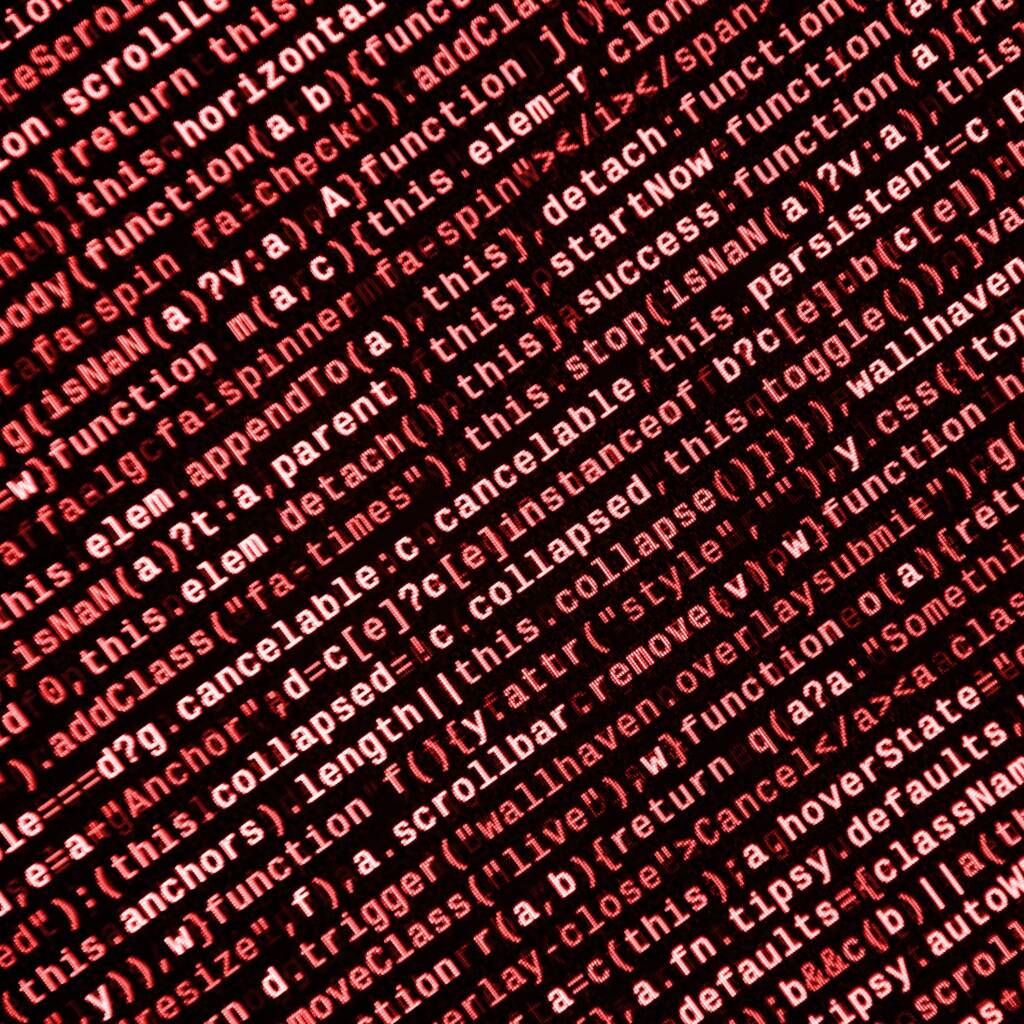What Happened:
In 2020, a Texas-based IT management company called SolarWinds became the center of one of the most sophisticated cyberattacks in history. SolarWinds had thousands of clients worldwide — including the U.S. Department of Defense, Microsoft, and NASA.
Hackers—believed to be linked to a Russian intelligence group known as APT29 (or Cozy Bear)—found a way to insert malicious code into SolarWinds’ software updates.
That’s like sneaking a virus into a medicine bottle — and having hospitals around the world take it, thinking it’s safe.
How It Worked:
The attackers managed to compromise SolarWinds’ software called Orion, which was used by major corporations and government agencies to monitor their networks.
When customers downloaded the routine Orion update, they unknowingly installed a hidden backdoor — giving hackers remote access to their systems.
Through that single update, the attackers quietly entered thousands of networks without raising alarms.
The Aftermath:
The breach wasn’t discovered until months later by a cybersecurity firm called FireEye, which noticed suspicious activity in its own systems.
When they dug deeper, they realized this was a global cyber-espionage campaign.
-
Over 18,000 organizations were affected.
-
Sensitive data from U.S. federal agencies was accessed.
-
The total estimated damage ran into billions of dollars.
It became clear: the attackers weren’t after money — they were after intelligence.
Key Lesson:
The SolarWinds hack exposed how even trusted software supply chains can be weaponized.
It taught the cybersecurity world that sometimes, the real threat isn’t outside your walls — it’s inside your updates.
After this incident, companies around the world began implementing Zero Trust Architecture — a model that assumes no one inside or outside the network can be trusted by default.


